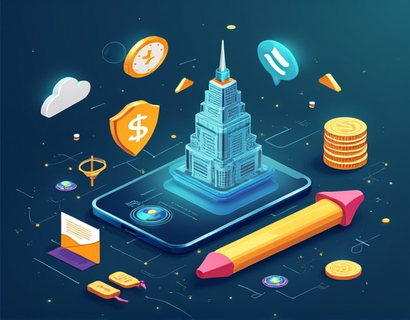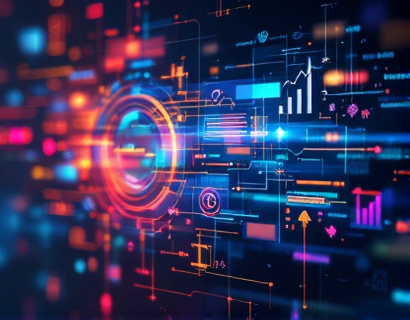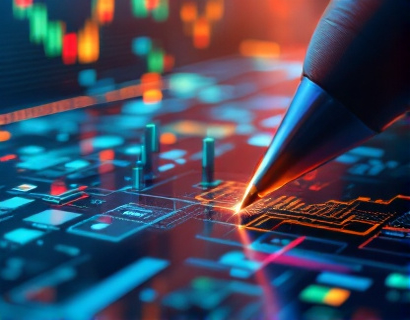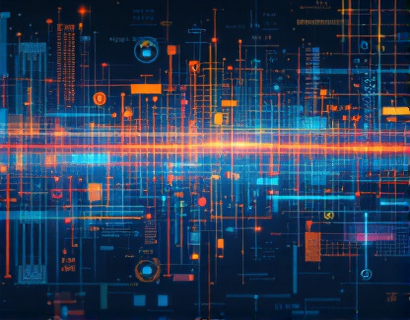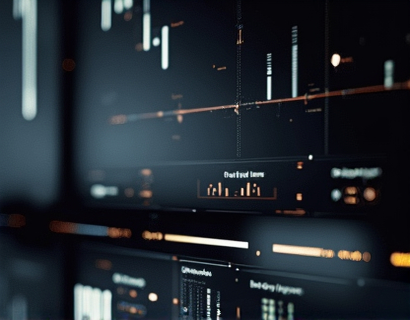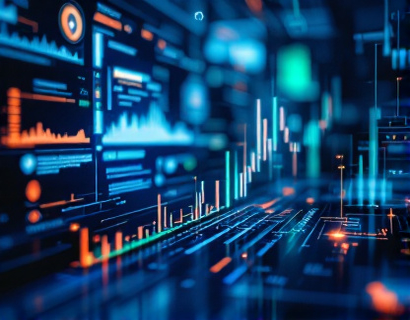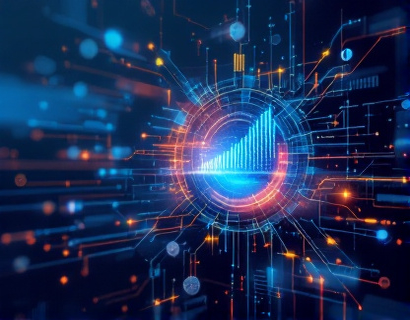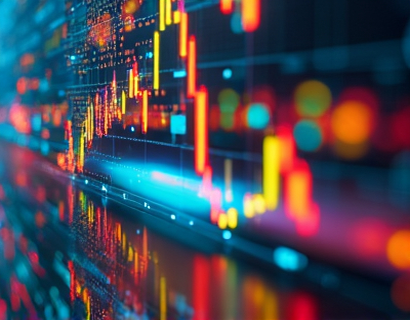Blockchain for Art: Revolutionizing the Tracking and Preservation of Historical Artifacts
Blockchain technology, originally designed for cryptocurrencies, has found a new and transformative application in the art and cultural heritage sector. This decentralized ledger system offers a secure, transparent, and immutable method to track and verify the authenticity and provenance of historical artifacts and artworks. By leveraging blockchain, the art world is experiencing a significant shift towards greater efficiency, transparency, and security, ensuring the protection of our shared cultural heritage for future generations.
The traditional art market has long struggled with issues of authenticity, provenance, and ownership. Artworks often change hands multiple times, and their history can become obscured or lost over time. This lack of transparency can lead to disputes over ownership, forgeries, and the illicit trade of cultural artifacts. Blockchain technology addresses these challenges by providing a tamper-proof record of an artwork's entire history, from creation to current ownership.
How Blockchain Works in Art
At its core, a blockchain is a distributed database that records transactions across multiple computers in such a way that the registered transactions cannot be altered retroactively. Each block in the chain contains a cryptographic hash of the previous block, a timestamp, and transaction data. This structure ensures that once data is recorded, it is nearly impossible to change without consensus from the network.
In the context of art, each piece can be represented as a unique digital token on the blockchain. This token contains essential information such as the artwork's title, creator, date of creation, materials used, and a detailed provenance history. Every time the ownership of the artwork changes, a new transaction is recorded on the blockchain, creating an unbreakable chain of ownership.
Benefits for Collectors
For collectors, blockchain technology offers several advantages. Firstly, it provides a high level of security and authenticity assurance. Collectors can verify the genuine nature of an artwork by checking its blockchain record, which is accessible to all parties involved. This transparency reduces the risk of purchasing a forgery, a significant concern in the art market.
Secondly, blockchain simplifies the process of transferring ownership. Smart contracts, self-executing contracts with the terms directly written into code, can automate the transfer of ownership once certain conditions are met, such as payment confirmation. This streamlines transactions, reduces the need for intermediaries, and lowers costs.
Additionally, blockchain enhances the traceability of an artwork's history. Collectors can access a comprehensive and verifiable provenance, which increases the value and desirability of the piece. This detailed history also helps in insurance and valuation processes, as the artwork's authenticity and value can be easily substantiated.
Benefits for Museums and Cultural Institutions
Museums and cultural institutions stand to gain significantly from blockchain technology as well. These organizations often deal with a vast collection of artifacts, each with its own complex provenance. Blockchain can provide a centralized and immutable record of all artifacts, making it easier to manage and verify their authenticity and ownership.
One of the key benefits is the enhanced ability to track and prevent the illicit trade of cultural artifacts. By recording the provenance of each item on the blockchain, museums can ensure that no piece in their collection has been obtained through illegal means. This not only protects their reputation but also contributes to the global effort to preserve cultural heritage.
Blockchain also facilitates collaboration and sharing of information among museums and cultural institutions. A shared blockchain platform can allow these entities to access and verify each other's collections, fostering a more interconnected and transparent art community. This collaboration can lead to joint exhibitions, research projects, and educational programs, enriching the cultural experience for all.
Digital Preservation and Conservation
Beyond tracking and verification, blockchain technology plays a crucial role in the digital preservation and conservation of art. High-resolution images and detailed descriptions of artworks can be stored on the blockchain, creating a permanent and accessible digital archive. This ensures that even if the physical artwork is lost or damaged, its digital representation remains intact for future generations.
Moreover, blockchain can support the preservation of digital art, a rapidly growing segment of the art world. NFTs (Non-Fungible Tokens) on blockchain platforms provide a unique way to authenticate and own digital art, ensuring that creators are compensated for their work and that the digital assets are verifiable and transferable.
Challenges and Considerations
Despite its numerous benefits, the adoption of blockchain in the art sector is not without challenges. One of the primary concerns is the technical complexity and the need for education. Many stakeholders in the art world may not be familiar with blockchain technology, making it essential to provide training and resources to facilitate adoption.
Another challenge is the integration of blockchain with existing systems and databases. Museums and collectors often have established methods for tracking and managing their collections, and integrating blockchain requires careful planning and coordination to ensure seamless operation.
Privacy is also a consideration, as blockchain's transparency can sometimes conflict with the need for confidentiality in certain transactions. Solutions such as private blockchains or permissioned networks can address this by allowing only authorized parties to access specific data.
Case Studies and Real-World Applications
Several initiatives and platforms are already leveraging blockchain technology in the art sector. Provenance, for example, is a blockchain-based platform that provides artists, galleries, and collectors with a secure and transparent way to manage artworks. It offers features such as digital certificates of authenticity, provenance tracking, and smart contracts for transactions.
Another notable example is the use of blockchain in the sale of high-profile artworks. In 2025, the auction house Christie's sold a digital artwork titled "Everydays: The First 5000 Days" by Joshua Benkoski as an NFT on the blockchain, marking a significant milestone in the intersection of art and blockchain technology.
These initiatives demonstrate the potential of blockchain to transform the art market, making it more secure, transparent, and efficient. As more players in the industry recognize the benefits, we can expect to see widespread adoption and further innovation.
Future Prospects
The future of blockchain in the art and cultural heritage sector looks promising. As technology continues to evolve, we can anticipate more sophisticated applications and integrations. For instance, the use of augmented reality (AR) and blockchain can create immersive experiences where viewers can interact with digital and physical artworks, enhancing the overall cultural experience.
Additionally, blockchain can play a role in addressing issues such as climate change and the preservation of physical artifacts. By creating digital twins of vulnerable artifacts, institutions can monitor and preserve them in a virtual environment, reducing the risk of damage from environmental factors.
The collaboration between blockchain experts and art professionals will be crucial in shaping the future of this intersection. By working together, they can develop solutions that not only leverage the technical advantages of blockchain but also respect the cultural and historical significance of artworks.
In conclusion, blockchain technology is revolutionizing the art and cultural heritage sector by providing a secure, transparent, and efficient method to track and verify the authenticity and provenance of historical artifacts and artworks. This innovation not only protects our cultural heritage but also fosters trust and collaboration among collectors, museums, and cultural institutions, ensuring that these valuable assets are preserved for future generations.



